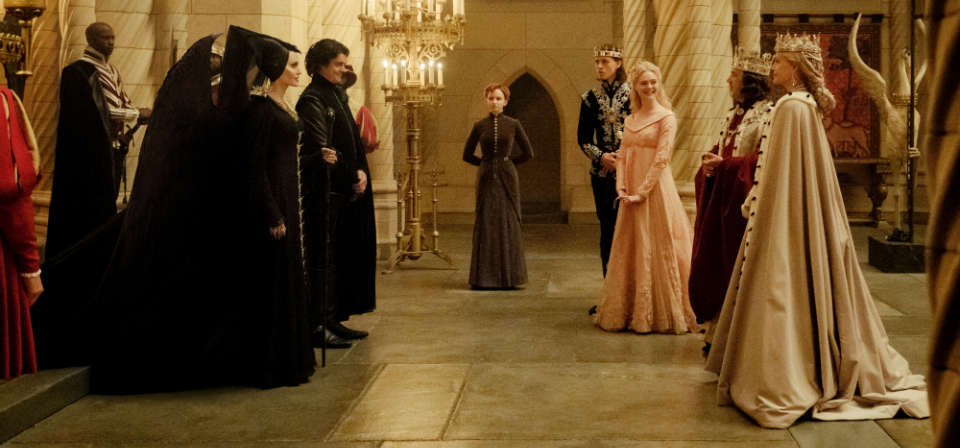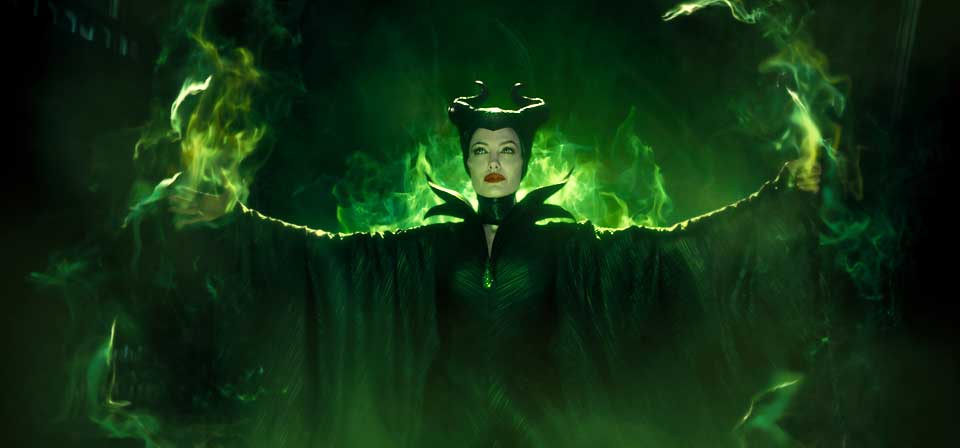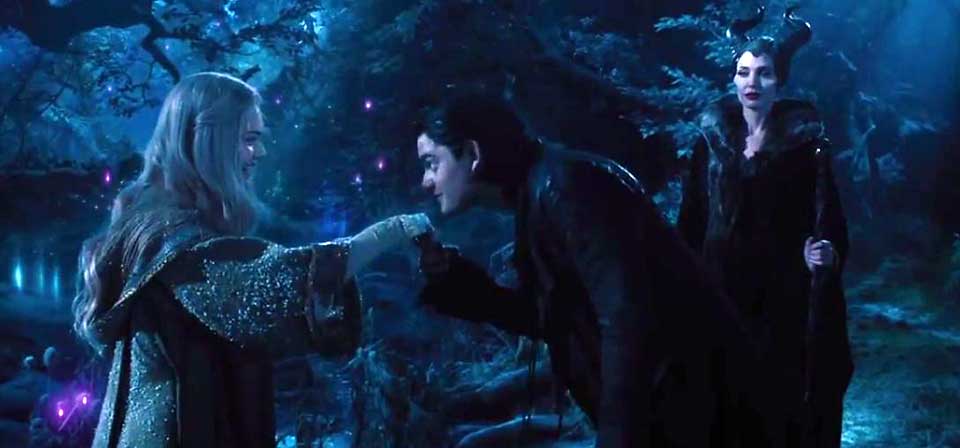How Disney’s Maleficent subverts the Christian symbolism of Sleeping Beauty
Now that Disney’s hit Maleficent is on home video, following last month’s Diamond Edition Blu-ray return of the classic 1959 Sleeping Beauty from the vault, countless children will be watching these two versions of the Charles Perrault fairy tale side by side.
Not my children. We’ll stick with the original, thank you very much.
I’m very much open to fairy-tale revisionism in general, and to feminist critiques of classic fairy tales in particular. As a father of three daughters, I chafe at the passiveness of so many traditional fairy-tale princesses waiting for their prince to come and rescue them. Give me princesses like Leia from Star Wars, Merida from Brave or Tiana from The Princess and the Frog any day.
But there’s a difference between creative revisionism and simple inversion. Critic Kenneth R. Morefield, in his review of Maleficent for ChristianityToday.com, points out that Gregory Maguire’s groundbreaking novel Wicked, which kicked off the current postmodern trend of villain-centric fairy-tale deconstructions, doesn’t deny that the Wicked Witch really committed the villainous acts the traditional story ascribes to her. Rather, it shows us her side of the story and lets us empathize with her without minimizing her evil actions.
Maleficent doesn’t do this. In the classic Sleeping Beauty, Maleficent’s decisive evil act is to curse the newborn Princess Aurora to die. However, this doom is mitigated by the last good fairy, whose gift-giving was interrupted by Maleficent’s arrival. It is this good fairy who decrees that Aurora will not die, but fall into an enchanted sleep from which she can only be awakened by true love’s kiss.
This iconic scene — the one sequence Maleficent is at pains to reproduce from the classic cartoon, and the only sequence in which Jolie’s Maleficent is even a shadow of the cartoon’s evil character — is crucially changed in Maleficent.
As in the cartoon, Maleficent’s arrival interrupts the third good fairy’s gift … but Maleficent never condemns Aurora to die. Instead, she herself decrees that the princess will fall into an enchanted sleep from which only true love’s kiss can awaken her. The ungiven gift of the third fairy is irrelevant; the film never even returns to it.
Not only is this poor storytelling and poor revisionism, it’s central to Maleficent’s ham-fisted subversion of the Christian symbolic world of Sleeping Beauty — probably the most overtly Christian fairy tale in the Disney canon.
Sleeping Beauty’s Maleficent is an explicitly satanic figure: “mistress of all evil,” in league with “all the powers of Hell.” At the climax she transforms into a dragon to battle Prince Philip, the most archetypally heroic male lead in any Disney cartoon. Philip has been armed by the good fairies with a “sword of truth” and a “shield of virtue” bearing the figure of a cross, weapons evoking the “armor of God” in Ephesians 6. Their epic battle pits Christian knight against diabolical dragon, a pure allegory of good versus evil.
None of this happens in the Jolie film. Although still something of a satanic figure, with horns and a crow familiar called “Diaval” (Maleficent’s crow in the cartoon is unofficially known as “Diablo”), Jolie’s Maleficent isn’t evil. On the contrary, she spends much of the film protecting Aurora from the incompetent bumbling of the good fairies, who are supposedly protecting the princess from her.
After trying unsuccessfully to rescind her own curse, Maleficent tries to save Aurora by attempting to orchestrate “true love’s kiss,” snatching Prince Philip and bringing him to the sleeping princess’s side. Though rightly hesitant to kiss a sleeping princess he met only once, Philip gives in and tries, to no effect. Like the good fairies, Philip is well-intentioned, but impotent and rather silly. Instead, Maleficent’s own kiss awakens the princess.
In this revisionist retelling, evil is embodied not in Maleficent, but in the patriarchal figure of King Stefan (a wholly sympathetic character in the original). Here he ruthlessly betrays Maleficent and maims her, cutting off her wings in an act akin to rape. Only with the death of the evil father-king can the land know peace.
That may be someone’s idea of happily ever after, but it isn’t mine.
Related

Maleficent: Mistress of Evil (2019)
It’s tempting to suppose that Maleficent: Mistress of Evil opening in the wake of Columbus Day isn’t a coincidence.

Maleficent, Rape and Sympathy for the Devil
A story like this demands to be seen through the lens of what biblical scholars call “redaction criticism,” which basically means “What was changed, added or deleted in this retelling of the story, and what do those changes tell us about the storyteller’s intentions and outlook?”
![Maleficent [video]](/uploads/articles/maleficent.jpg)
Maleficent [video] (2014)
Angelina Jolie is perfect for the part of Disney’s most iconically evil villainess. If only they’d let her play it for more than one scene.

Maleficent (2014)
It’s fair to say that Disney’s Maleficent plays to an extent as warmed-over Frozen. This is not a good thing, even, I think, if you are a fan of Frozen.
Recent
- Are there too many Jesus movies?
- Antidote to the digital revolution: Carlo Acutis: Roadmap to Reality
- “Not I, But God”: Interview with Carlo Acutis: Roadmap to Reality director Tim Moriarty
- Gunn’s Superman is silly and sincere, and that’s good. It could be smarter.
- Elio is a space adventure that Toy Story’s Andy would actually enjoy
Home Video
Copyright © 2000– Steven D. Greydanus. All rights reserved.